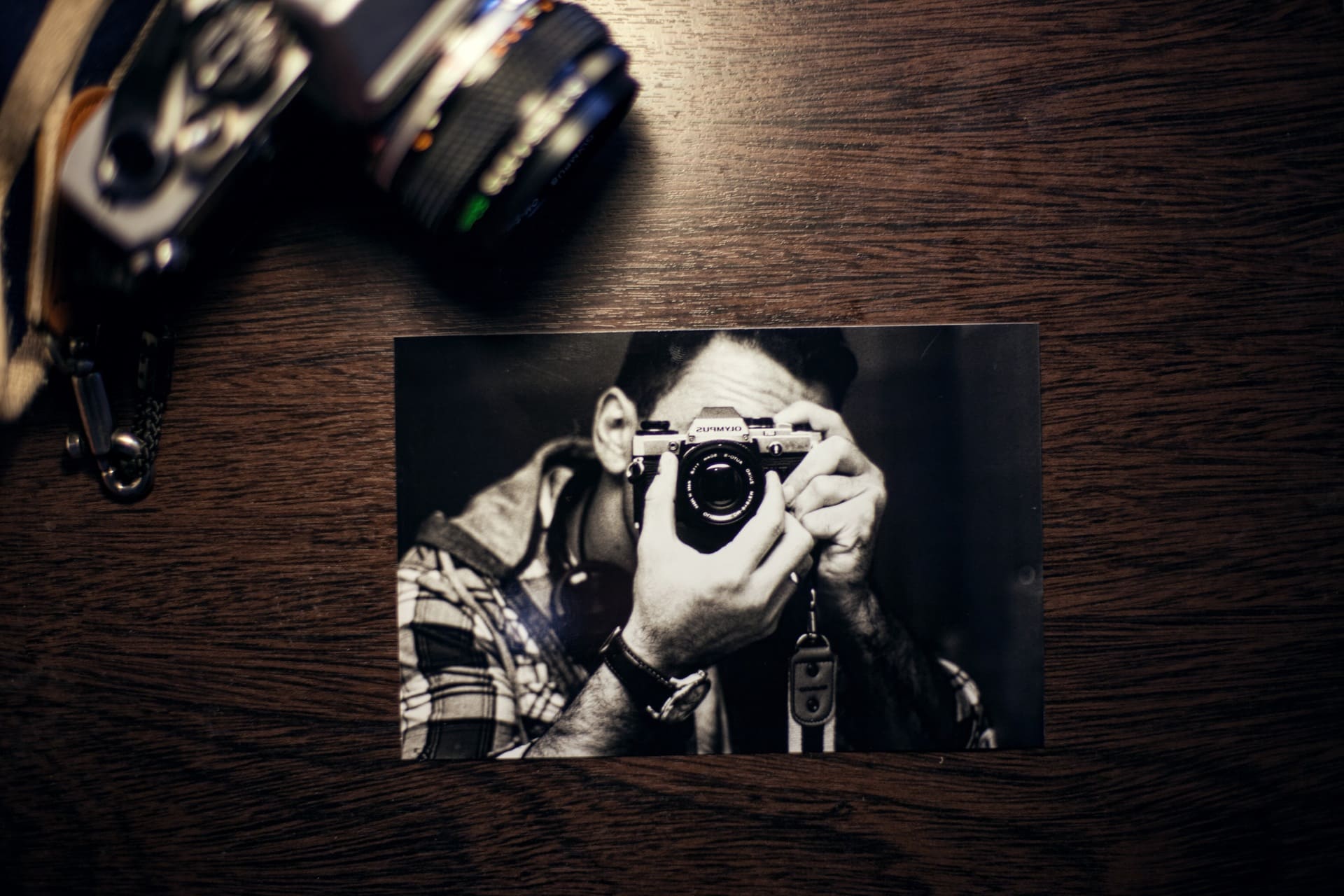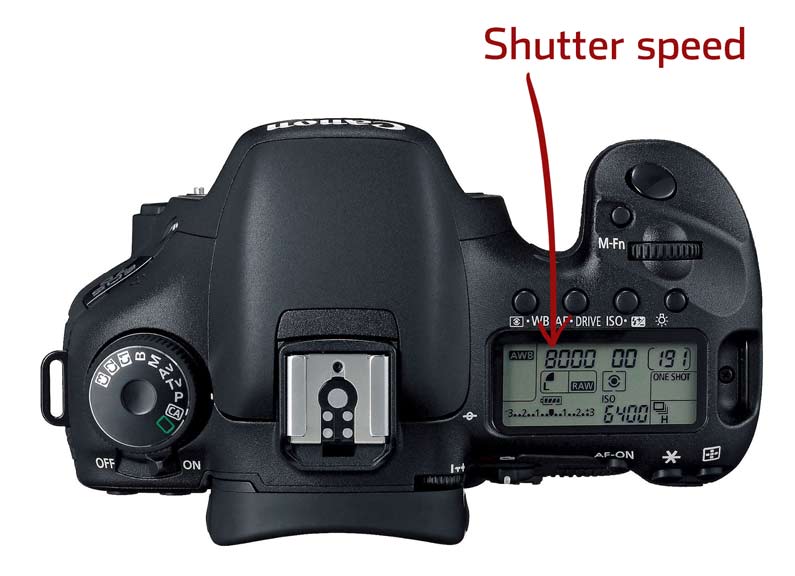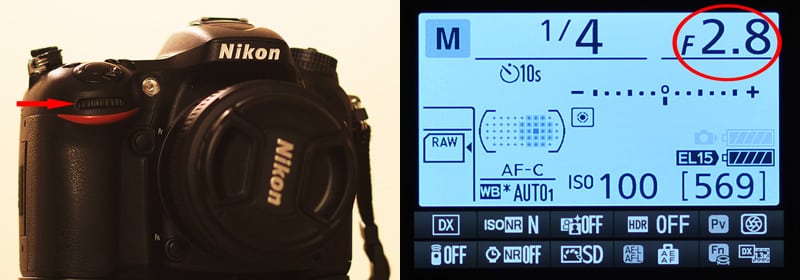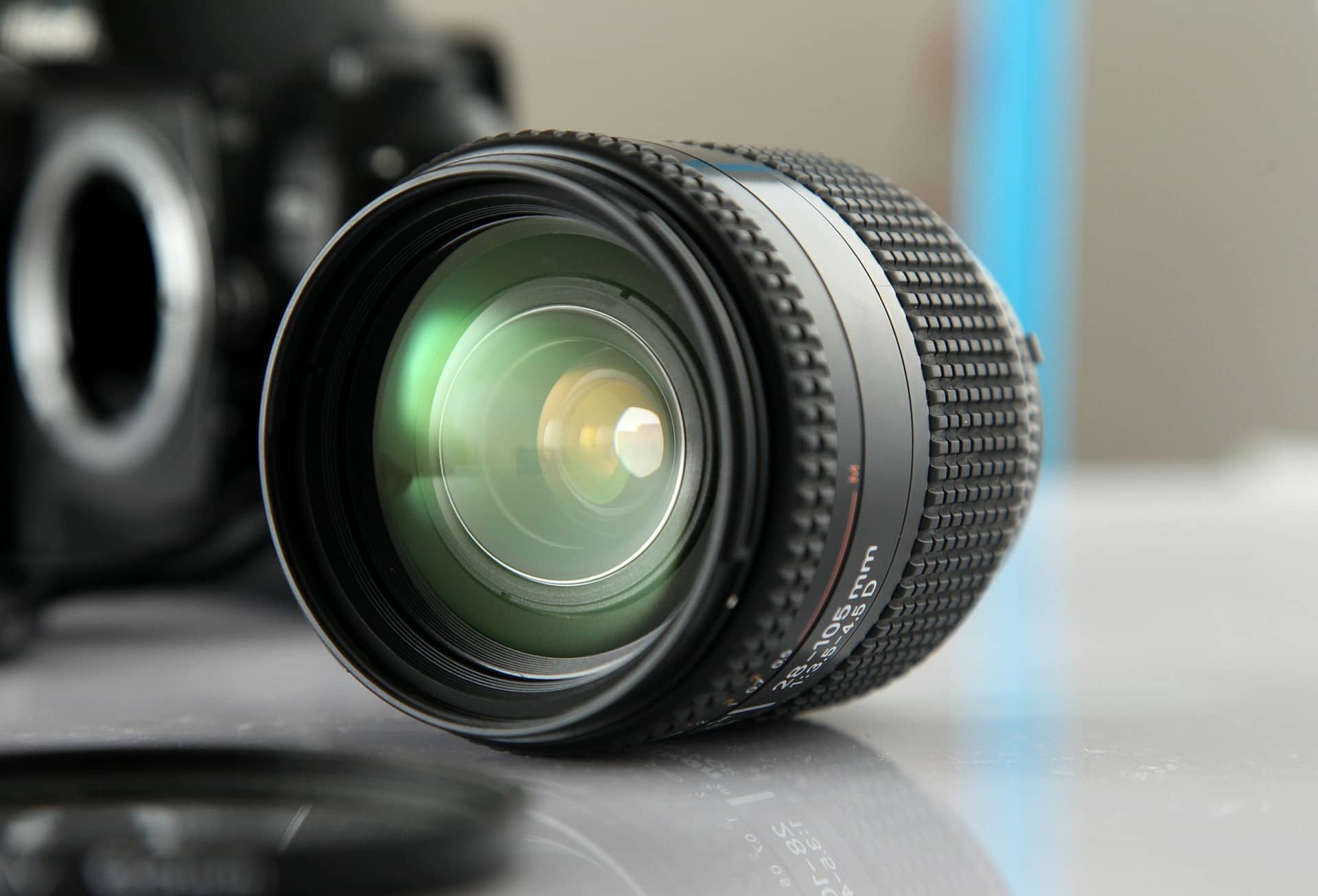In order to keep things interesting at The Guy Blog we decided to launch a free basic photography course for all you guys out there who want to take full advantage of that camera you have lying around. Let’s call this series Photography 101. I will try to keep it as simple and as easy to understand as I can. So if you have a DSLR lying around somewhere, it’s time to take it out for a spin.

BASIC TERMINOLOGY
Learning the terminology is basic, first you will have an idea of all the basic concepts we will be talking about and will make you sound cooler when talking about photography.
Photography: It means writing with light. Photo = Light ; Graphos = Write
So light is kind of a big deal in photography.
ISO: In photography it refers to the sensibility of the sensor. In older years it was called ASA. How vulnerable will your sensor be when the light hits it. The higher the ISO the more sensible to light it will be.
Shutter: Is a device that allows light to pass for a determined period of time.
Shutter speed: Is for how long the shutter will let light pass. It is measure in tenth of seconds.

Aperture: Is the opening of a lens diaphragm through which light passes. It is measured or calibrated in f/stops. The lower the f/stop the larger the aperture.

DSLR: Stands for Digital Single Lens Reflex. And is a type of photographic camera of a single lens where images are captured in a electronic sensor instead of a 35mm film.
Exposure: Is the amount of light per unit area reaching a photographic film or electronic image sensor as determined by shutter speed, lens aperture and ISO.
(Notice how the ISO, SHUTTER SPEED and APERTURE control Exposure)
So to sum this basic terms first before we start getting into more tangible and complicated things this is what you need to understand.
Your camera receives light coming from a natural source or artificial source. This light is recorded on an image sensor. The amount of light that goes in, is controlled by you, making use of your shutter speed and of your aperture. This in return will give you a “correct exposure” if you got the desired look.
How can you measure the light? How can you know when to control the shutter speed or the aperture? What ISO should you use? What is a correct exposure?
We will dig into this next week, so wait for more info.




